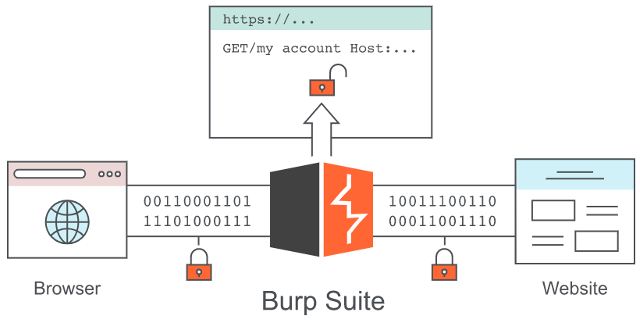


(b) Proxy port = The port we set earlier which is 8081.(a) Proxy hostname = The IP address of the device using Burp which you wish to proxy traffic through.The proxy settings should be set as follows: If you're already connected to the access point before starting this step, ensure you first select Forget network Then select Advanced options and set the Proxy to Manual On your Android mobile device, navigate to Settings > Network & Internet > Wi-Fi > and select the access point you wish to connect to. (e) Set your mobile device USB mode to PTP (it is usually MTP or Charge Only).(d) Enable ADB debugging on the mobile device.If that doesn't work, try installing your manufacturer's drivers. (c) On Windows, download the Universal ADB Drivers.

Charge cables will not always allow data transfer over USB. (b) Make sure you are using a USB data cable.(a) Restart your mobile device and restart your computer.If Vysor cannot find your device, follow the steps below: Your Android mobile device should not be mirrored to your computer screen. Open Vysor and select the View Device button with a play icon. On the device, navigate to Settings > Connected devices > USB and select Transfer files Navigate to Proxy > Proxy settings > Proxy listeners then Add a new proxy listener and bind it to port 8081 across All interfacesĬonnect the Android mobile device (in this example I'm using a rooted Nexus 5X running LineageOS) via a USB data cable. To get started, there are a few pre-requisites needed:Īn up-to-date Windows OS with Android Debug Bridge (adb) installed.Īn up-to-date Kali VM with Android Debug Bridge (adb) installed (run sudo apt-get install adb)Ī rooted Android device (in this example I'm using a rooted Nexus 5X running LineageOS).
BURP SUITE SETUP PROXY HOW TO
In this blog post, I'll explore how to configure Burp to proxy traffic from mobile apps to assist with the security testing of mobile applications.


 0 kommentar(er)
0 kommentar(er)
